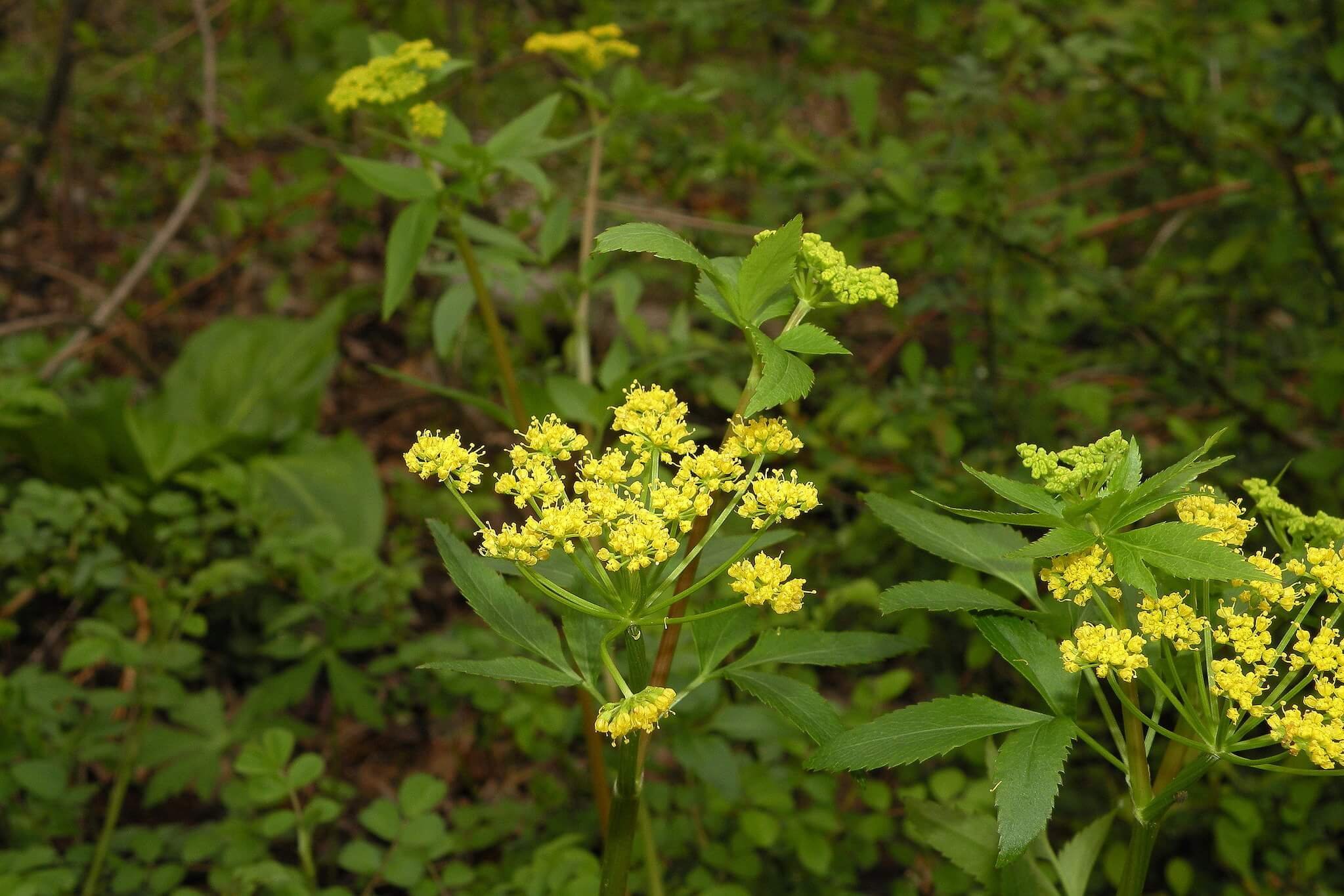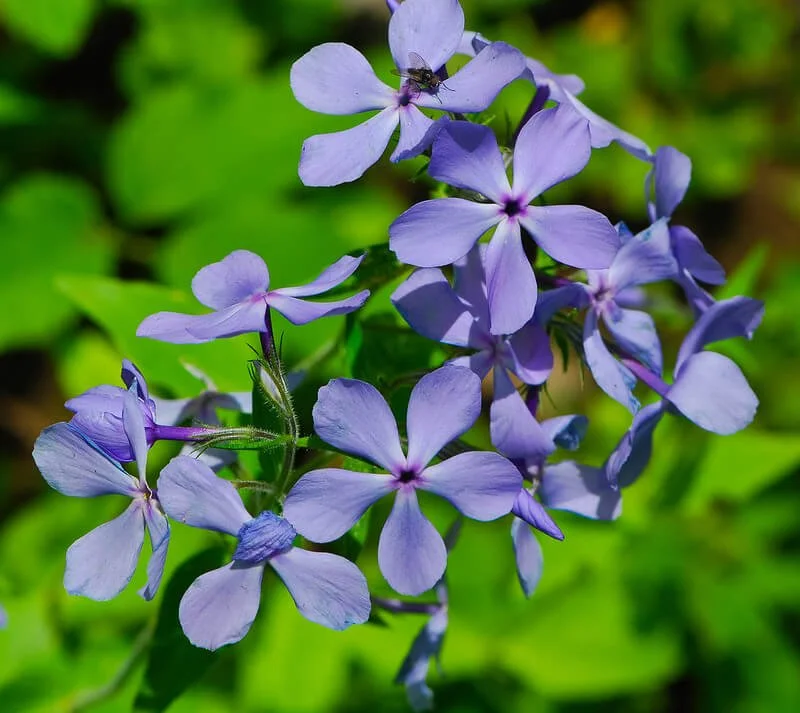American Hazelnut (Corylus americana)
The value of this shrub to wildlife is quite high. It is the host plant to the Polyphemus moth, Cecropia Silkmoth, and 127 other species of butterflies and moths in our area (nwf.org). This includes the Corylus dagger moth, which is a species of concern in Michigan (mnfi.anr.msu.edu/). The nuts are eaten by such birds as the Ring-Necked Pheasant, Bobwhite Quail, Wild Turkey, Ruffed Grouse, Greater Prairie Chicken, Red-Bellied Woodpecker, Blue Jay, and more (Audubon.org). Many mammals, including humans, eat the nuts and it has a dense branching structure and large leaves, thus, it provides excellent cover for various kinds of wildlife and ideal nesting habitat for many songbirds (illinoiswildflowers.info)
Photo Credit: Superior National Forest (1) John Blair (2-3)
The value of this shrub to wildlife is quite high. It is the host plant to the Polyphemus moth, Cecropia Silkmoth, and 127 other species of butterflies and moths in our area (nwf.org). This includes the Corylus dagger moth, which is a species of concern in Michigan (mnfi.anr.msu.edu/). The nuts are eaten by such birds as the Ring-Necked Pheasant, Bobwhite Quail, Wild Turkey, Ruffed Grouse, Greater Prairie Chicken, Red-Bellied Woodpecker, Blue Jay, and more (Audubon.org). Many mammals, including humans, eat the nuts and it has a dense branching structure and large leaves, thus, it provides excellent cover for various kinds of wildlife and ideal nesting habitat for many songbirds (illinoiswildflowers.info)
Photo Credit: Superior National Forest (1) John Blair (2-3)
The value of this shrub to wildlife is quite high. It is the host plant to the Polyphemus moth, Cecropia Silkmoth, and 127 other species of butterflies and moths in our area (nwf.org). This includes the Corylus dagger moth, which is a species of concern in Michigan (mnfi.anr.msu.edu/). The nuts are eaten by such birds as the Ring-Necked Pheasant, Bobwhite Quail, Wild Turkey, Ruffed Grouse, Greater Prairie Chicken, Red-Bellied Woodpecker, Blue Jay, and more (Audubon.org). Many mammals, including humans, eat the nuts and it has a dense branching structure and large leaves, thus, it provides excellent cover for various kinds of wildlife and ideal nesting habitat for many songbirds (illinoiswildflowers.info)
Photo Credit: Superior National Forest (1) John Blair (2-3)
Life Cycle: Perennial
Sun Exposure: Full, Partial sun
Soil Moisture: Medium-wet, Medium-Dry
Height: Up to 8 feet
Plant Spacing: 2-6 feet
Bloom Time: April
Bloom Color: Pink
Advantages: Caterpillar Favorite, Bird Favorite
Host Plant: Polyphemus moth, Cecropia Silkmoth, and 127 other species of butterflies and moths use this as a caterpillar host plant in our area (nwf.org)
Beneficial for Endangered or Threatened Species: Corylus dagger moth Acronicta falcula (mnfi.anr.msu.edu/)








